Understanding Conveyor Belt (Chain Elevator) Conveyor Systems and Forage Elevators: The Backbone of Efficient Farming
In the demanding world of modern agriculture and livestock management, efficiency is paramount. Moving vast quantities of feed, grain, silage, and other materials is a daily necessity. Traditionally reliant on manual labor, these tasks are often time-consuming, costly, and physically strenuous. This is where advanced material handling solutions become indispensable. Among the most crucial are Conveyor Belt (Chain Elevator) Conveyor systems and specialized forage elevators. These technologies represent a significant leap forward, automating material transport, reducing operational costs, and boosting overall farm productivity. Understanding their function, benefits, and applications is key for any operation looking to optimize its workflow. This article delves into the specifics of chain conveyors (often functioning as elevators) and dedicated forage conveyor elevators, exploring why they are vital assets for today’s agricultural businesses.
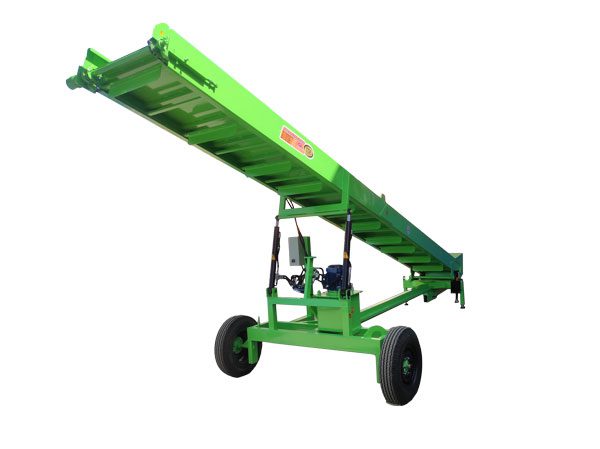
What Exactly is a Chain Conveyor (Drag Chain Conveyor)?
A chain conveyor, particularly the “drag chain” type relevant to bulk material handling, is a robust mechanism designed for transporting materials horizontally, inclined, or even vertically (as an elevator). Unlike traditional belt conveyors that use a continuous belt loop, a chain conveyor utilizes one or more strands of engineered chain running within an enclosed trough or casing. Attached to these chains are flights or paddles specifically designed to push or “drag” the bulk material along the trough from the inlet to the discharge point.
Delving into the Core Components
Understanding the parts of a chain conveyor helps appreciate its reliability and function:
- Conveyor Chain: Specially engineered chains (often drop-forged or welded steel) provide the tensile strength needed to move heavy loads. The type of chain varies based on the application and material handled.
- Flights/Paddles: These are attached to the chain at regular intervals. Their shape and material (e.g., steel, UHMW plastic) are chosen based on the material being conveyed to ensure efficient movement and minimize product degradation or trough wear.
- Trough/Casing: This enclosed housing contains the material and guides the chain and flights. It can be U-shaped or rectangular and is typically made from durable materials like carbon steel or stainless steel for longevity and hygiene.
- Drive Unit: Consisting of an electric motor and a gearbox, the drive unit powers the head shaft sprocket, which engages with the chain to pull it through the system. The power requirement depends on the conveyor length, incline, capacity, and material density.
- Tail Section: This usually includes an idler sprocket and a tensioning mechanism (like take-up units) to ensure the chain remains properly tensioned for smooth operation and to compensate for wear or thermal expansion.
- Inlets and Outlets: Strategically placed points where material enters and exits the conveyor system.
The Working Principle: Simple Yet Effective
The operation of a drag chain conveyor is straightforward: Material is fed into the inlet, filling the lower portion of the trough. As the drive unit pulls the chain loop, the flights engage with the material, dragging it gently along the bottom of the trough towards the discharge outlet. The enclosed nature of the system minimizes dust and protects the material from external contamination, which is crucial in feed handling. This mechanism makes the Conveyor Belt (Chain Elevator) Conveyor exceptionally suitable for bulk materials ranging from grains and powders to feed pellets and silage.
The Versatility of Chain Conveyor Systems Across Industries
While indispensable in agriculture, the utility of chain conveyors extends far beyond the farm gate. Their robustness and adaptability make them valuable in numerous sectors:
- Mining and Aggregates: Moving heavy, abrasive materials like coal, ore, gravel, and sand.
- Food Processing: Transporting ingredients, processed foods, and waste products, often requiring stainless steel construction for hygiene.
- Chemical Processing: Handling powders, flakes, and granular chemicals safely within enclosed systems.
- Wood and Biomass: Moving wood chips, sawdust, and biomass pellets for energy production or processing.
- Manufacturing: Integral parts of assembly lines and bulk material transport within factories.
This cross-industry application underscores the reliability and efficiency inherent in chain conveyor design, proving its worth in demanding environments, including the rigorous conditions found on livestock farms.
Introducing the Forage Conveyor Elevator: A Specialized Agricultural Solution
While general chain conveyors are versatile, handling forage (like silage, haylage, or mixed rations) often requires specialized designs. A Forage Conveyor Elevator is precisely that – a type of Conveyor Belt (Chain Elevator) Conveyor system specifically engineered for the unique characteristics of animal feed.
Tailored Design for Optimal Forage Handling
Forage materials can be bulky, sticky, fibrous, and vary significantly in density. A dedicated forage conveyor addresses these challenges through:
- Optimized Trough Design: Often wider or deeper to accommodate bulkier materials and prevent bridging (where material clumps and obstructs flow).
- Specialized Flights: Designed to effectively engage with fibrous or less free-flowing materials without excessive compaction or damage.
- Variable Inclines: Forage elevators frequently need to lift feed to mixers, feeders, or storage silos, requiring robust designs capable of handling steep angles.
- Material Selection: Depending on the feed type (e.g., acidic silage), materials like stainless steel might be used for contact surfaces to prevent corrosion and ensure longevity.
Key Features Driving Performance
High-quality forage conveyor elevators typically boast features such as:
- Durability: Built with heavy-gauge steel and robust components to withstand continuous use and the often-abrasive nature of some feeds.
- Customization: As offered by manufacturers like Techno Dam Sanat, these systems can be tailored in length, width, angle of incline, and capacity to perfectly match a farm’s specific layout and throughput requirements.
- Reliability: Simple, proven mechanics mean less downtime and easier maintenance compared to more complex systems.
- Enclosed Design: Protects valuable feed from weather elements, pests, and contamination while minimizing dust and spillage.
The Critical Role of Customization in Conveyor Systems
One size rarely fits all in agriculture. Every farm layout is unique, and material handling needs vary widely based on herd size, feeding strategy, and existing infrastructure. This is why the ability to customize Conveyor Belt (Chain Elevator) Conveyor systems is so crucial. Techno Dam Sanat recognizes this, offering bespoke solutions tailored to:
- Specific Lengths: Matching the exact distance between loading and discharge points.
- Required Angles: Designing elevators to reach specific heights for loading mixers or silos.
- Capacity Needs: Sizing the conveyor width, flight spacing, and drive power to handle the necessary volume of material per hour.
- Material Compatibility: Selecting appropriate construction materials (carbon steel, stainless steel, plastic flights) based on the materials being handled.
- Integration: Ensuring the conveyor seamlessly integrates with existing feeders, mixers, or storage systems.
Customization ensures that the conveyor system operates at peak efficiency, avoids bottlenecks, and provides the best return on investment for the farming operation.
Core Benefits of Implementing Conveyor Belt (Chain Elevator) Conveyor Systems in Livestock Operations
Integrating chain conveyors and forage elevators into a livestock farm yields substantial advantages:
- Massively Enhanced Efficiency: Automating material transport significantly speeds up feeding processes and material movement compared to manual methods or less efficient machinery. This translates directly to time savings.
- Significant Labor Cost Reduction: These systems drastically reduce the need for manual labor in loading, unloading, and transporting feed and other materials, freeing up personnel for other critical tasks and lowering payroll expenses.
- Improved Operational Safety: Minimizing manual handling of heavy, bulky materials reduces the risk of strains, sprains, and other workplace injuries associated with physical labor. The enclosed nature also reduces dust exposure.
- Handling Heavy and Bulk Loads Effortlessly: Chain conveyors are inherently designed for strength and can move large volumes and heavy loads consistently without strain, ideal for daily farm operations.
- Gentle Material Handling: Properly designed drag chain conveyors move material en-masse, minimizing tumbling and impact, which helps preserve the quality and integrity of feed pellets or grains.
- Increased Hygiene and Reduced Waste: Enclosed systems protect feed from contamination (birds, rodents, weather) and significantly reduce spillage compared to open transport methods, saving valuable feed.
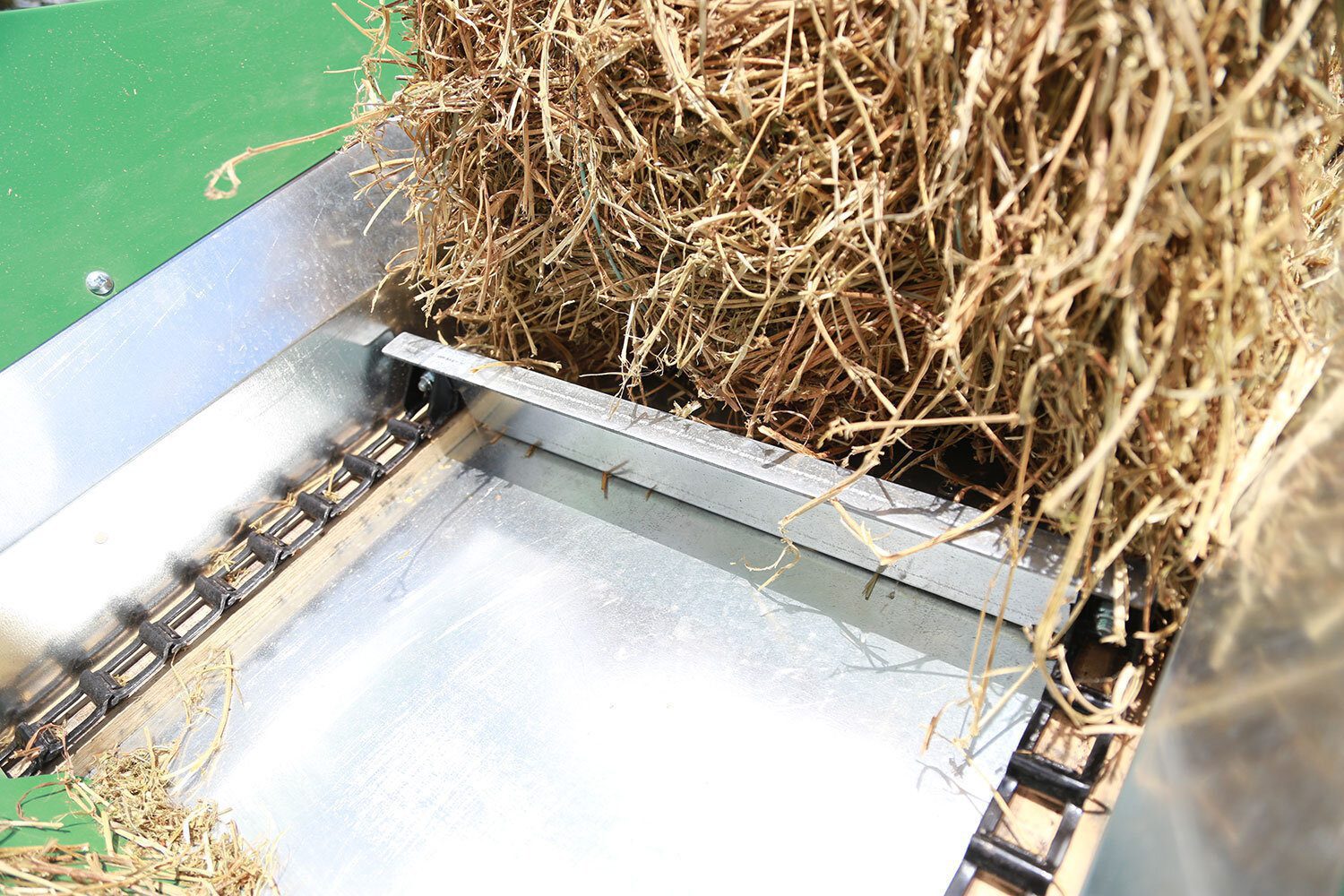
The Future is Automated: Conveyor Technology in Agriculture
The evolution of farm technology continues. We can expect to see further integration of conveyor systems with farm automation. This might include sensors for monitoring material flow and levels, integration with automated feeding systems, variable speed drives for optimized energy use, and remote monitoring capabilities. As farms become more data-driven, conveyor systems will play an increasingly intelligent role in efficient resource management.


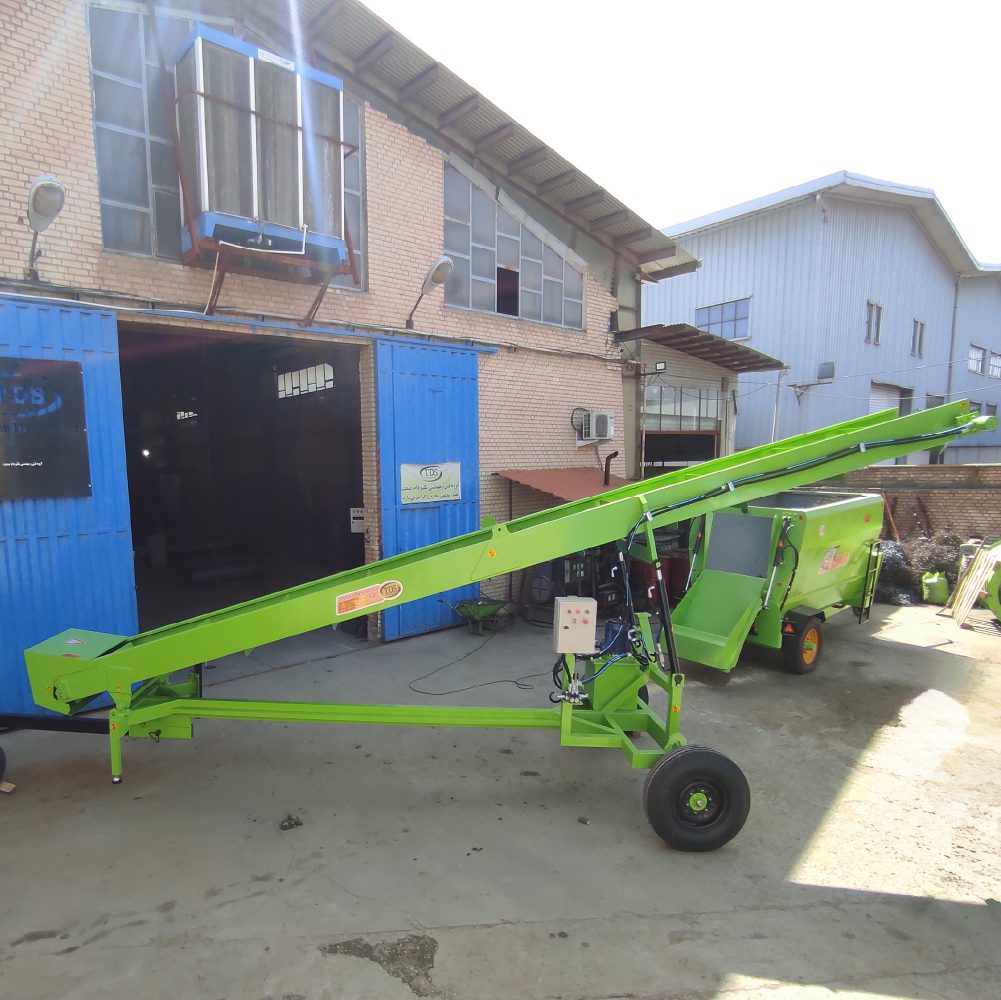






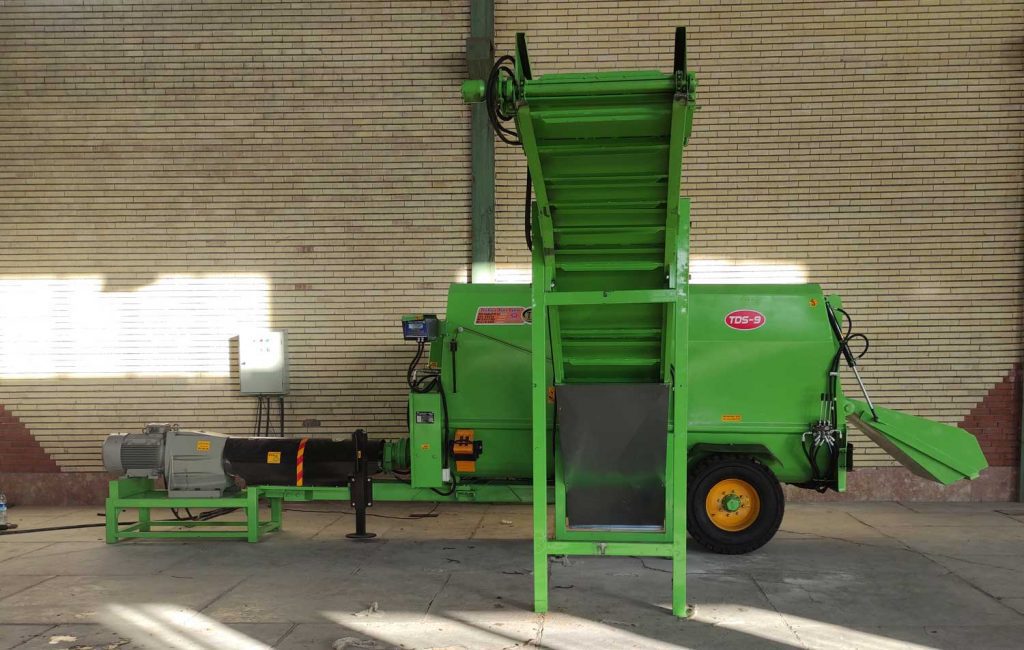
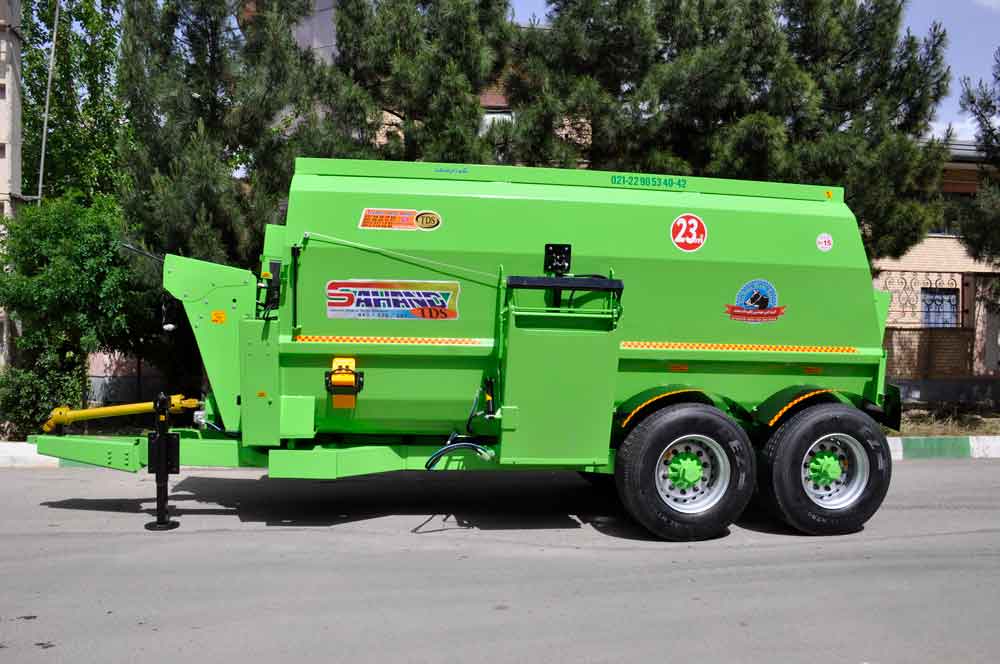
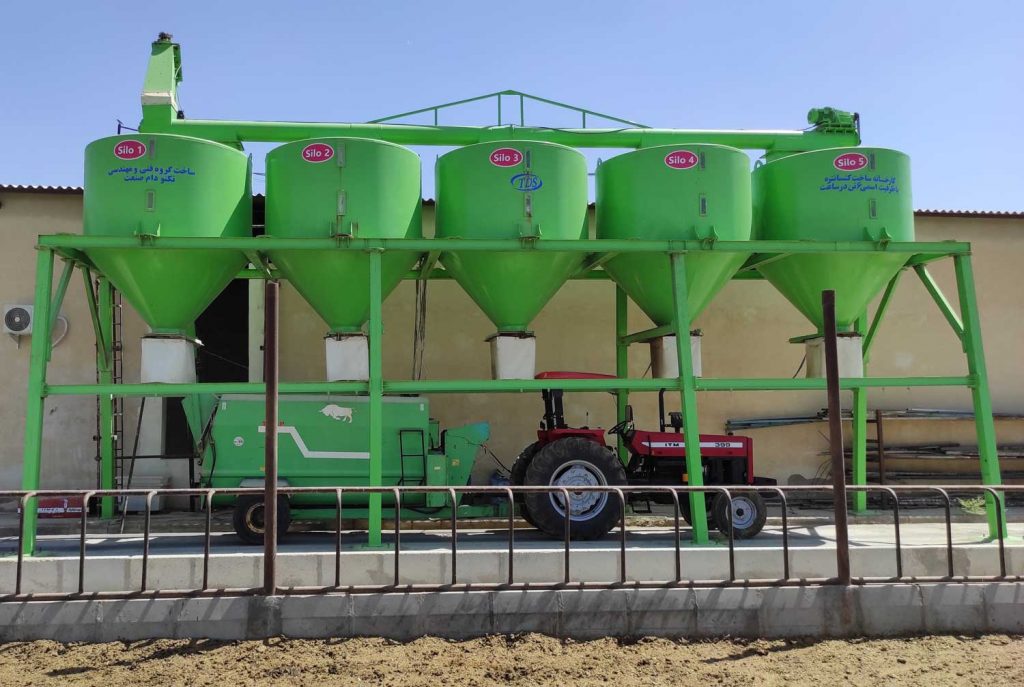



Reviews
There are no reviews yet.